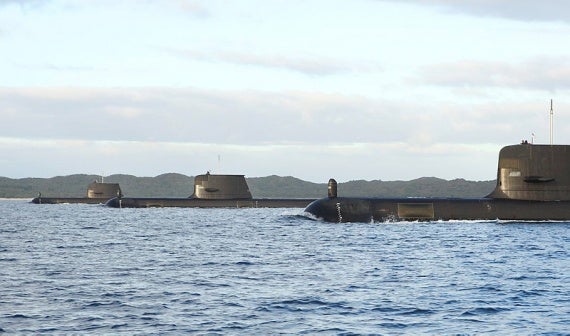
The Australian Department of Defence (DoD) has completed a study into the service life of the Royal Australian Navy’s Collins-class submarines, intended to improve management and sustainment of the fleet.
Defence minister Stephen Smith and defence materiel minister Jason Clare said in a joint statement that the study found no technical issue that would hinder the Collins submarines from fulfilling their theoretical platform life of 28 years.
The acceptable availability and reliability of the boats is scheduled within the next three years, according to the study.
As well as being capable of achieving their planned withdrawal dates, the study revealed that the vessels can be operated with a service life extension of seven years, excluding full cycle docking periods.
About 145 platforms and mission systems across the Collins-class submarines have undergone service life evaluation to establish long-term supportability for the RAN.
Conducted as part of the Australian Government’s Coles Review, a study into the business of sustaining the country’s strategic Collins-class submarine capability in August 2011, John Coles carried out an assessment to plan improved submarine fleet management.
The results from the study, compiled with assistance from four major Australian companies, will be included as part of the Coles Review implementation into submarine sustainment proposals.
An independent review on the key evaluation outputs will also be provided by the US Navy.
Around 25 recommendations were made in the report to help the submarine fleet reach international standards by 2016.
The navy currently operates a fleet of six 78m-long Australian Submarine Corporation-built Collins-class submarines, designed to carry up to 22 missiles and torpedoes, as well as six 533mm forward torpedo tubes with air turbine pump discharge.
Image: Three Collins-class submarines transit in-formation at sea. Photo: courtesy of Royal Australian Navy.




